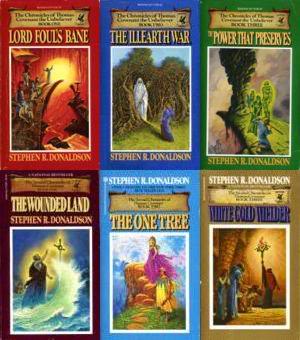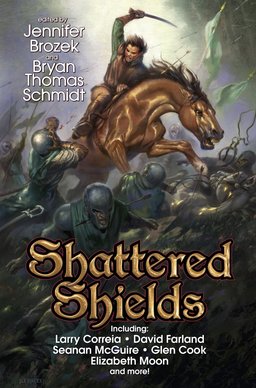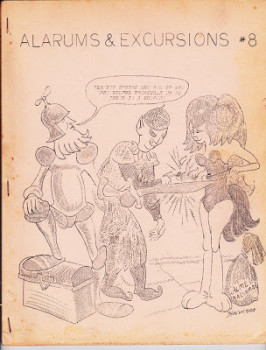Where Did the Cat Come From? Or, Who Translated This S&*%?
 Talking about subtitles last week got me thinking about book translations. It’s a different beast, of course; for one thing, translating prose isn’t subject to the same time constraints that translating dialogue is. So that should make translations better than subtitles, right?
Talking about subtitles last week got me thinking about book translations. It’s a different beast, of course; for one thing, translating prose isn’t subject to the same time constraints that translating dialogue is. So that should make translations better than subtitles, right?
In general, I think that’s true. However, with one exception, I’m going to focus on occasions when it’s been done badly. After all, when the translation’s done well, no one notices.
We all know examples from our mundane lives of unfortunate, or impossible, translations. I’m sure everyone’s heard the story of Chevrolet having to change the name of their Nova for the South American market. In Spanish, “no va” means “doesn’t go.” Not the best name for a car.
As I’ve mentioned before, I often read in Spanish to keep in practice, and since my preferred reading material is genre (Fantasy, SF and Crime), this has often meant that I’m reading books translated into Spanish.* This can be helpful, since I often own the book in English, and if something gets away from me (miss the meaning of two or three critical words and the whole paragraph can go wonky on you) I can check the original, which is far superior to hauling out the dictionary and trying to sort it out piecemeal. I learned this the hard way.










